-
 Bitcoin
Bitcoin $116900
0.35% -
 Ethereum
Ethereum $3989
3.42% -
 XRP
XRP $3.349
9.04% -
 Tether USDt
Tether USDt $1.000
0.00% -
 BNB
BNB $792.6
2.29% -
 Solana
Solana $177.6
3.36% -
 USDC
USDC $0.9998
0.00% -
 Dogecoin
Dogecoin $0.2256
5.26% -
 TRON
TRON $0.3389
0.04% -
 Cardano
Cardano $0.7954
3.59% -
 Stellar
Stellar $0.4609
10.90% -
 Hyperliquid
Hyperliquid $41.68
6.44% -
 Sui
Sui $3.827
2.12% -
 Chainlink
Chainlink $19.75
9.94% -
 Bitcoin Cash
Bitcoin Cash $581.3
0.54% -
 Hedera
Hedera $0.2636
4.16% -
 Avalanche
Avalanche $23.60
3.69% -
 Ethena USDe
Ethena USDe $1.001
-0.03% -
 Litecoin
Litecoin $122.9
2.37% -
 Toncoin
Toncoin $3.365
1.23% -
 UNUS SED LEO
UNUS SED LEO $8.981
0.31% -
 Shiba Inu
Shiba Inu $0.00001301
2.69% -
 Uniswap
Uniswap $10.68
5.35% -
 Polkadot
Polkadot $3.926
3.70% -
 Dai
Dai $1.000
0.00% -
 Bitget Token
Bitget Token $4.488
2.21% -
 Cronos
Cronos $0.1539
3.99% -
 Monero
Monero $269.7
-1.19% -
 Pepe
Pepe $0.00001124
3.04% -
 Aave
Aave $285.4
3.89%
How to use the two-way position function? What issues should be paid attention to when hedging risks?
Two-way position function allows traders to hedge risks by taking long and short positions simultaneously on platforms like Binance or Coinbase Pro.
Apr 29, 2025 at 05:22 am
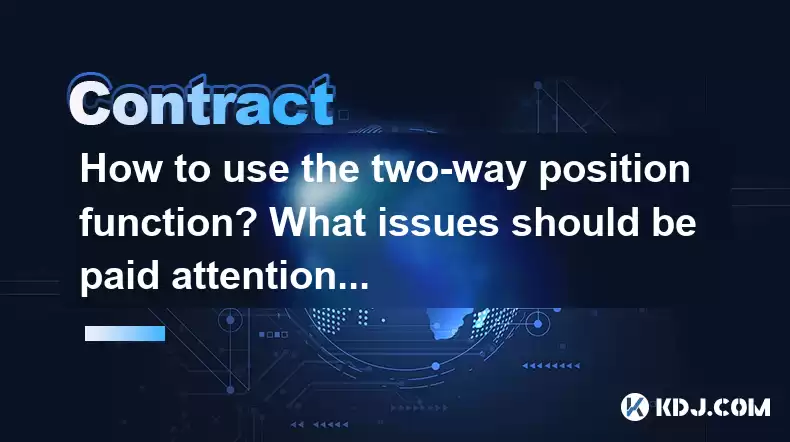
Introduction to Two-Way Position Function
The two-way position function in the cryptocurrency market refers to the ability to take both long and short positions simultaneously. This feature is particularly useful for traders looking to hedge their risks or capitalize on market volatility. Understanding how to effectively use the two-way position function can significantly enhance your trading strategy and help mitigate potential losses. In this article, we will delve into the mechanics of using this function, the steps involved, and the critical considerations for hedging risks.
How to Use the Two-Way Position Function
To utilize the two-way position function, traders must have access to a platform that supports this feature. Most advanced trading platforms, such as Binance or Coinbase Pro, offer this capability. Here’s how you can use the two-way position function:
- Open your trading account on a platform that supports two-way positions.
- Navigate to the trading interface. This is usually found under a section labeled "Futures" or "Derivatives."
- Select the cryptocurrency pair you wish to trade. For example, if you want to trade Bitcoin against USDT, choose the BTC/USDT pair.
- Choose the leverage you want to apply. Leverage amplifies both gains and losses, so use it cautiously.
- Open a long position by clicking on the "Buy/Long" button. This means you are betting that the price of the cryptocurrency will rise.
- Simultaneously, open a short position by clicking on the "Sell/Short" button. This means you are betting that the price of the cryptocurrency will fall.
By holding both positions, you can potentially profit from both upward and downward price movements, depending on the market conditions.
Key Considerations When Using Two-Way Positions
When using the two-way position function, several factors need to be considered to ensure effective trading:
- Market Volatility: High volatility can lead to significant profits or losses. It's crucial to monitor market conditions closely.
- Leverage: Using high leverage increases risk. Ensure you understand the implications of leverage and set appropriate stop-loss orders.
- Trading Fees: Be aware of the fees associated with opening and maintaining two-way positions. These can eat into your profits.
- Liquidity: Ensure the trading pair you choose has sufficient liquidity. Low liquidity can result in slippage, which can adversely affect your trades.
Hedging Risks with Two-Way Positions
Hedging is a strategy used to offset potential losses in one position by taking an opposing position in another. Here’s how you can use two-way positions to hedge risks:
- Identify the Asset to Hedge: Choose the cryptocurrency you wish to hedge. For example, if you hold a significant amount of Bitcoin, you might want to hedge against a potential drop in its value.
- Open a Short Position: On the same trading platform, open a short position on the same cryptocurrency. This means you are betting that the price will fall, which can offset any losses from your long position.
- Monitor and Adjust: Regularly monitor the market and adjust your positions as necessary. If the market moves in your favor, you might want to close one of the positions to lock in profits.
Issues to Pay Attention to When Hedging Risks
When hedging risks using two-way positions, there are several issues that traders should be aware of:
- Correlation Risk: Ensure that the assets you are using to hedge are sufficiently correlated. If the correlation is low, the hedge may not be effective.
- Cost of Hedging: Hedging can be costly due to trading fees and potential losses from the short position. Calculate these costs to ensure they are justified by the potential benefits.
- Over-Hedging: Be cautious not to over-hedge, as this can limit your potential profits and lead to unnecessary complexity in your trading strategy.
- Execution Risk: There is always a risk that your hedge will not execute as planned. This can happen due to market conditions, platform issues, or other unforeseen events.
Practical Example of Using Two-Way Positions for Hedging
To illustrate how to use two-way positions for hedging, let's consider a practical example:
- Scenario: You hold 1 BTC purchased at $50,000, and you are concerned about a potential price drop.
- Action: You decide to hedge your position by opening a short position on 1 BTC at the current market price of $55,000.
- Outcome: If the price of Bitcoin drops to $50,000, your long position remains unchanged, but your short position profits $5,000 (minus fees). If the price rises to $60,000, your long position gains $5,000, but your short position loses $5,000 (minus fees).
In this example, the two-way position helps mitigate potential losses from the long position while allowing you to benefit from market movements in either direction.
Frequently Asked Questions
Q: Can I use the two-way position function on all trading platforms?
A: No, not all trading platforms support the two-way position function. It is primarily available on advanced platforms that offer futures and derivatives trading.
Q: How does leverage affect my two-way positions?
A: Leverage amplifies both potential gains and losses. When using two-way positions, leverage can increase the impact of market movements on your trades, so it's essential to use it cautiously and set appropriate risk management measures.
Q: What happens if the market moves significantly in one direction while using two-way positions?
A: If the market moves significantly in one direction, one of your positions will gain while the other loses. The extent of the gain or loss depends on the size of your positions and the leverage used. It's crucial to monitor your positions closely and adjust them as needed to manage risk.
Q: Are there any tax implications of using two-way positions for hedging?
A: Tax implications can vary by jurisdiction. In some regions, profits from short positions may be taxed differently than those from long positions. It's advisable to consult with a tax professional to understand the specific implications in your area.
Disclaimer:info@kdj.com
The information provided is not trading advice. kdj.com does not assume any responsibility for any investments made based on the information provided in this article. Cryptocurrencies are highly volatile and it is highly recommended that you invest with caution after thorough research!
If you believe that the content used on this website infringes your copyright, please contact us immediately (info@kdj.com) and we will delete it promptly.
- PENDLE Price Pumping: Is This Cryptocurrency's Momentum Sustainable?
- 2025-08-08 20:50:11
- BlockchainFX (BFX): The Crypto Presale Shaking Up the Scene in 2025
- 2025-08-08 21:10:15
- GMO Miner, Bitcoin, and XRP Mining: A New Era of Passive Income?
- 2025-08-08 21:10:15
- Web3 Antivirus, Token Validation, Wallets & Exchanges: Staying Safe in DeFi
- 2025-08-08 21:16:08
- BlockchainFX, TRON, Aave: Navigating the Crypto Landscape in 2025
- 2025-08-08 21:16:08
- World Liberty Financial's USD1 Loyalty Program & HTX: A New Era for Stablecoins?
- 2025-08-08 21:20:12
Related knowledge
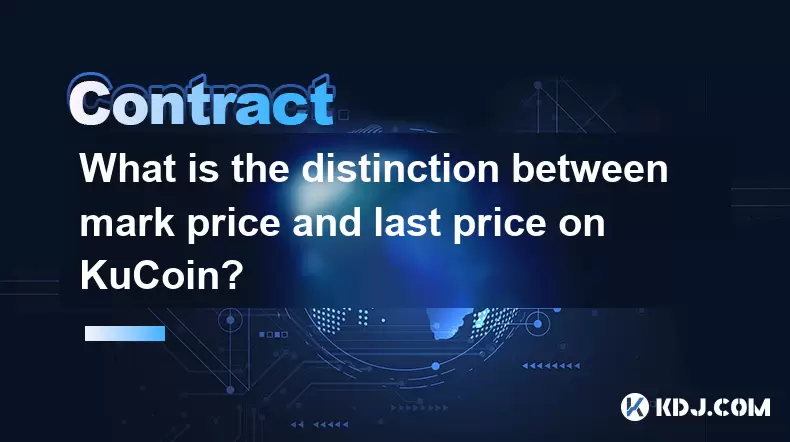
What is the distinction between mark price and last price on KuCoin?
Aug 08,2025 at 01:58pm
Understanding the Basics of Price in Cryptocurrency TradingIn cryptocurrency exchanges like KuCoin, two key price indicators frequently appear on trad...

What are the specific maker and taker fees on KuCoin Futures?
Aug 08,2025 at 08:28am
Understanding Maker and Taker Fees on KuCoin FuturesWhen trading on KuCoin Futures, users encounter two primary types of fees: maker fees and taker fe...

What is the maximum leverage available on KuCoin Futures?
Aug 08,2025 at 10:21am
Understanding Leverage in KuCoin Futures TradingLeverage in KuCoin Futures allows traders to control a larger position size using a smaller amount of ...
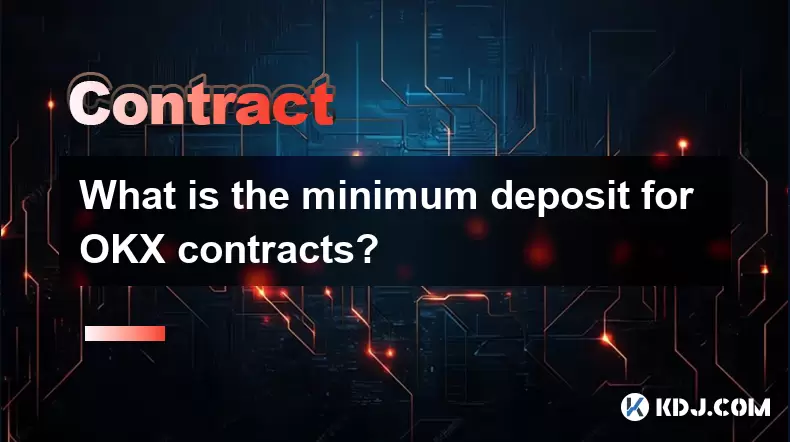
What is the minimum deposit for OKX contracts?
Aug 08,2025 at 07:00am
Understanding OKX Contract Trading BasicsOKX is one of the leading cryptocurrency derivatives exchanges, offering a wide range of perpetual and future...
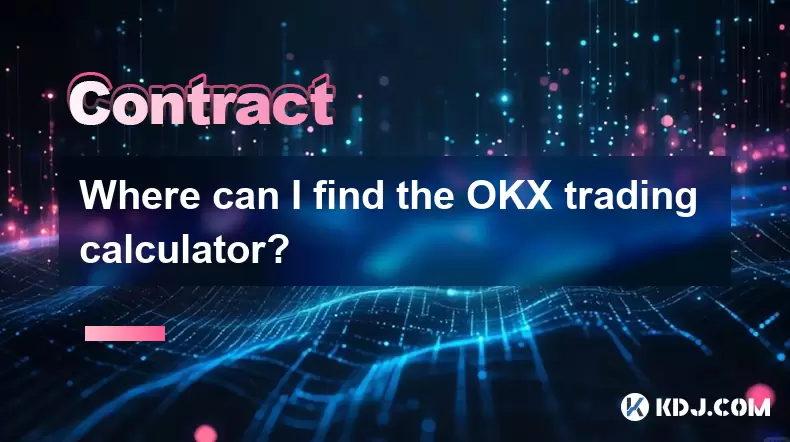
Where can I find the OKX trading calculator?
Aug 08,2025 at 07:49am
Understanding the OKX Trading Calculator FunctionalityThe OKX trading calculator is a powerful analytical tool designed to assist traders in estimatin...
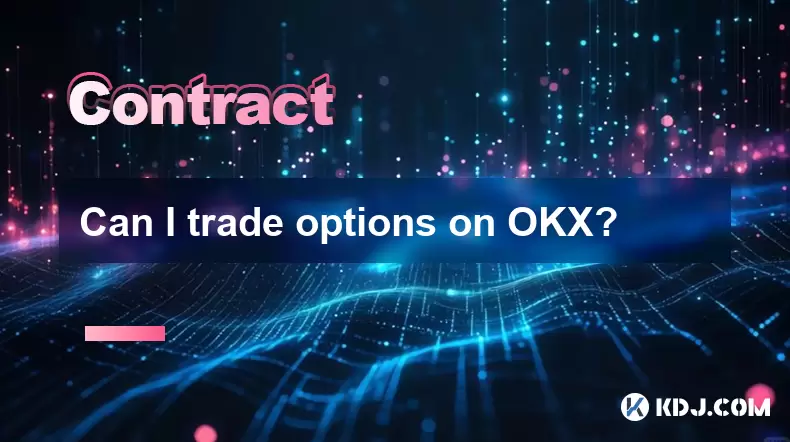
Can I trade options on OKX?
Aug 08,2025 at 11:01am
Understanding Options Trading on OKXYes, you can trade options on OKX. OKX is one of the leading cryptocurrency derivatives exchanges that offers a de...

What is the distinction between mark price and last price on KuCoin?
Aug 08,2025 at 01:58pm
Understanding the Basics of Price in Cryptocurrency TradingIn cryptocurrency exchanges like KuCoin, two key price indicators frequently appear on trad...

What are the specific maker and taker fees on KuCoin Futures?
Aug 08,2025 at 08:28am
Understanding Maker and Taker Fees on KuCoin FuturesWhen trading on KuCoin Futures, users encounter two primary types of fees: maker fees and taker fe...

What is the maximum leverage available on KuCoin Futures?
Aug 08,2025 at 10:21am
Understanding Leverage in KuCoin Futures TradingLeverage in KuCoin Futures allows traders to control a larger position size using a smaller amount of ...

What is the minimum deposit for OKX contracts?
Aug 08,2025 at 07:00am
Understanding OKX Contract Trading BasicsOKX is one of the leading cryptocurrency derivatives exchanges, offering a wide range of perpetual and future...

Where can I find the OKX trading calculator?
Aug 08,2025 at 07:49am
Understanding the OKX Trading Calculator FunctionalityThe OKX trading calculator is a powerful analytical tool designed to assist traders in estimatin...

Can I trade options on OKX?
Aug 08,2025 at 11:01am
Understanding Options Trading on OKXYes, you can trade options on OKX. OKX is one of the leading cryptocurrency derivatives exchanges that offers a de...
See all articles

























































































